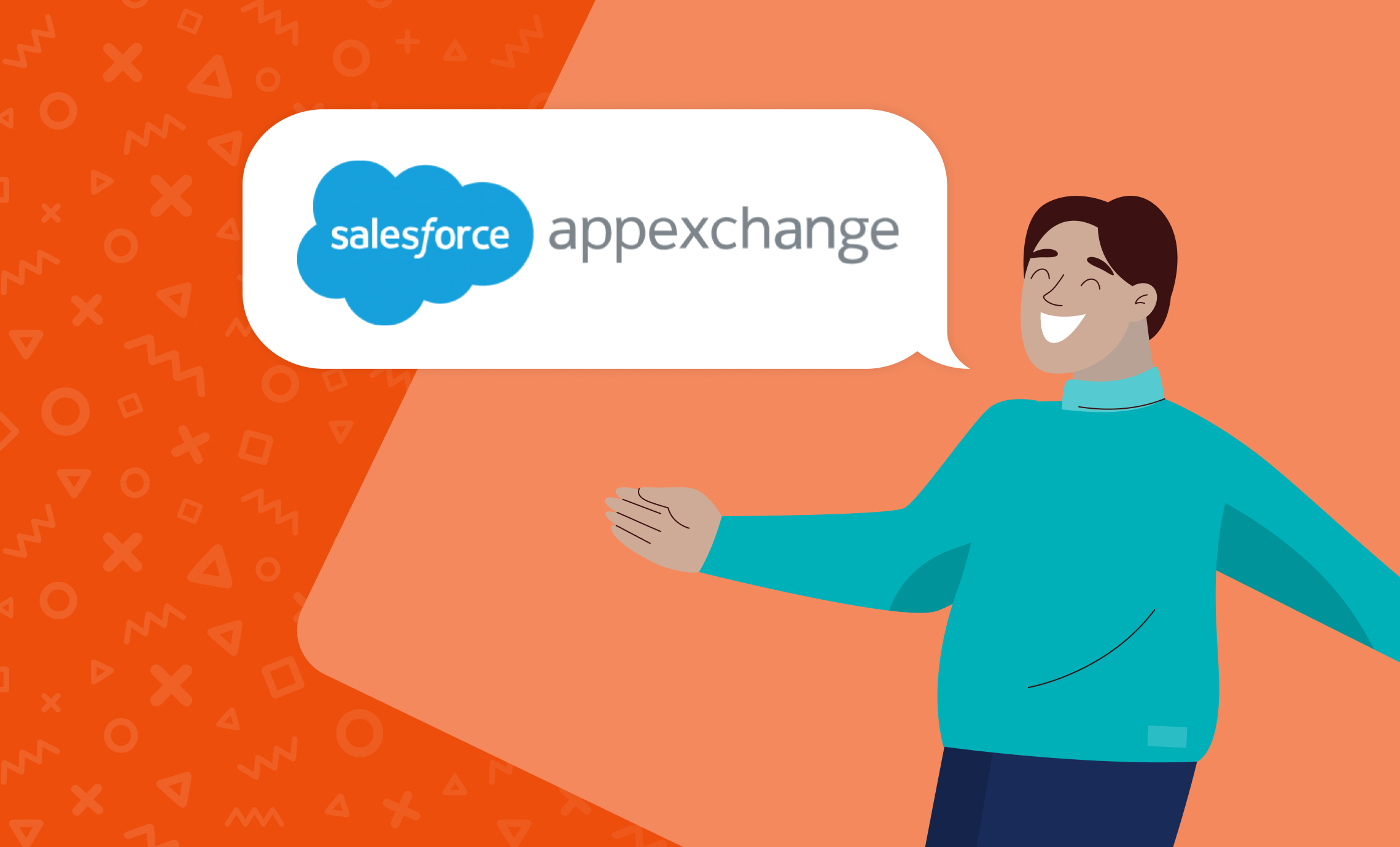Understanding what code coverage is and what associations can learn from Salesforce

Do you know what code coverage is? Here’s an overview of what it is and why your AMS should follow the code coverage guidelines set forth by Salesforce, the leader in customer relationship management.
When you think about your association management software (AMS), you likely think about how it helps in the day-to-day activities of managing memberships. That’s important. But do you also think about the software code that drives it and how it’s tested? You should. Here’s why.
The importance of code coverage
Testing code line-by-line as it’s developed, to make sure it works properly, is critically important to a quality software product. The percentage of code lines quality-tested in a software product is known as “code coverage.”
Simply put, software with higher code coverage has a lower chance of bugs than one with lower code coverage. Software with lower code coverage may “break” more frequently. And organizations using software with low code coverage may end up staying on outdated software versions because product upgrades are too painful due to poor quality software code.
Looking to the leader for code coverage standards
One of the reasons Salesforce is the leader in customer relationship management is its high standards for quality. In fact, Salesforce requires 75 percent code coverage to be listed on the Salesforce AppExchange. In other words, to be listed on the AppExchange, anyone developing a software solution based on the Salesforce platform must test at least 75 percent of its Apex (Salesforce programming language) code, and those tests must pass.
Four things to look for from your AMS vendor
So, how do you know the Salesforce-based AMS solution you’re using (or considering using) is keeping up with Salesforce standards? Here are four things to look for.
1. Ask if your AMS vendor does code coverage in the first place.
It may seem basic, but simply asking AMS vendors if they do code coverage lets them know you’re concerned about the quality of their software. Their initial answer will tell you a lot. If they simply say “Yes,” with no additional details, it’s time to ask more questions, such as, “How much do you test?”. If they say “No,” you might want to consider moving on to another solution provider.
2. Make sure the AMS code coverage is the real deal.
As with many things, it’s possible to “fake” code coverage. For example, one way to artificially bump up the code coverage metric is to write a bunch of lines of nonsense code that “pass” testing and make it seem as if the product hits the Salesforce mark of 75 percent. So how do you know the AMS you choose isn’t faking it?
Look for software vendors who submit their product for security review with Salesforce. For example, the Nimble AMS team proactively submits Nimble AMS, built on Salesforce, for Salesforce security review with every seasonal release. This gives Salesforce the opportunity to scan the Nimble AMS code and evaluate the product’s code three times per year.
3. Look for an AMS vendor who goes above and beyond.
When it comes to the software that helps you run your association, you want the highest quality. Ask what best practices your AMS vendor follows for testing. Also, find out if your AMS vendor goes above and beyond Salesforce’s minimum standards for code coverage. If it does, it’s a good indication that the vendor places a high value on providing a quality experience for its customers.
For example, the Nimble AMS team:
- Sets an even higher standard of code coverage for the Nimble AMS product at 90 percent
- Runs thousands of tests every day to watch for production issues, and proactively contacts customers directly of any possible issues versus waiting for clients to uncover them
- Uses a combination of automated testing tools throughout the software development lifecycle process to help reduce the risk of issues
- In fact, the Nimble AMS team runs automated tests every night. This frees up the team to spend more time testing to preserve the customer’s experience release by release.
- Focuses on high quality on a regular basis versus at the very end of a long development process
- Because the AMS team is continuously developing and testing smaller batches of code, it’s able to identify issues early, giving customers more routine, predictable, and lower-risk upgrades.
4. Make sure your AMS vendor looks to the future.
Salesforce is known for innovation. And with innovation comes change. Be sure the AMS vendor you work with stays up to date on industry standards for code coverage. For example, the Nimble AMS team works continually with Salesforce to make sure the product meets (if not exceeds) Salesforce’s current standards.
Learn more. Find out how Nimble AMS also follows the models for ideal upgrades and a connected member experience set forth by the leading CRM, Salesforce.



